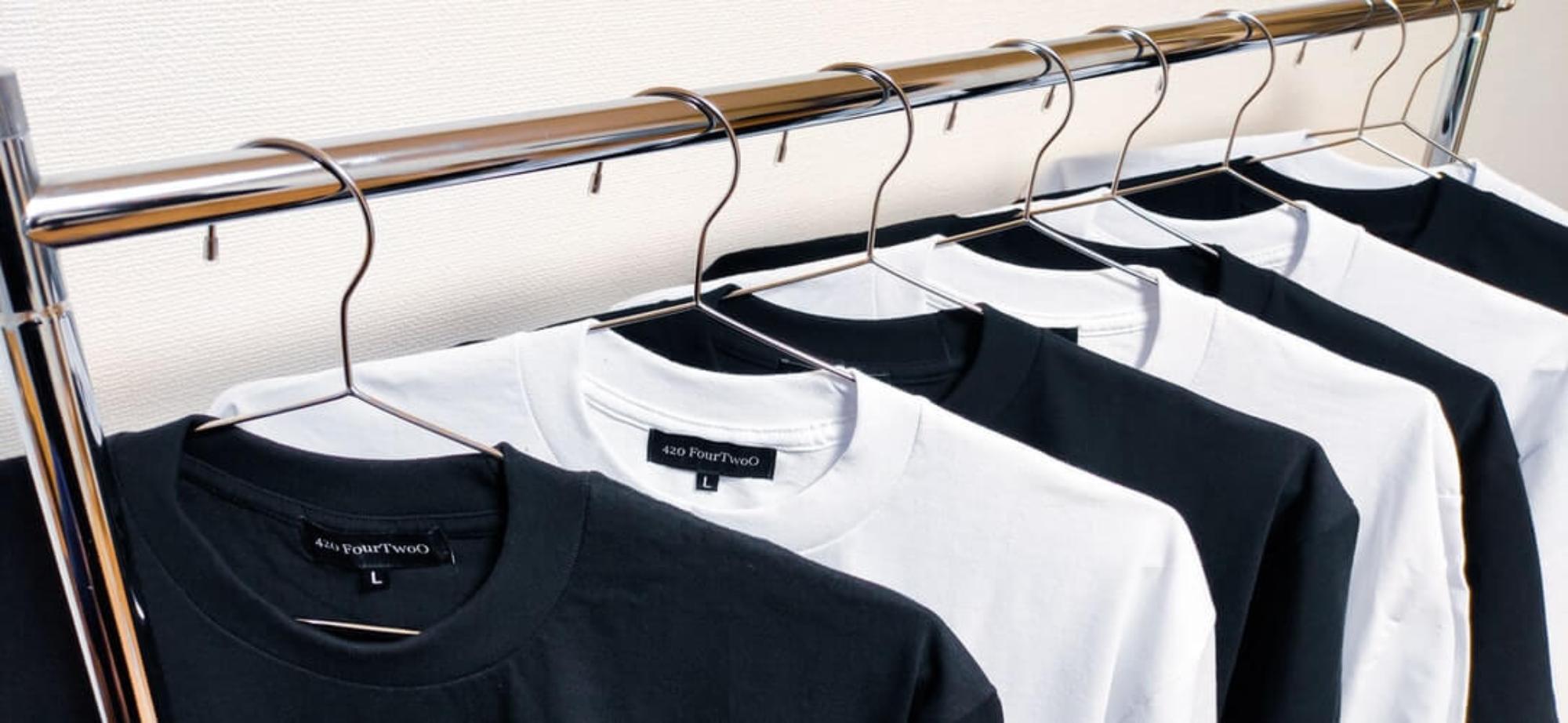
How To Recycle (Almost) Everything
I used to live in Switzerland, a country where recycling is so lauded that inhabitants have to pay quite a bit for garbage bags. When you are shelling out a pretty penny for a thick grey garbage bag, you think twice about what you put into it. It becomes valuable and you consider: is it possible to reuse and recycle almost anything?
n
I used to live in Switzerland, a country where recycling is so lauded that inhabitants have to pay quite a bit for garbage bags. When you are shelling out a pretty penny for a thick grey garbage bag, you think twice about what you put into it. It becomes valuable and you consider: is it possible to reuse and recycle almost anything? 
Now, let’s get into the nitty gritty on how to recycle almost everything:



When I returned to Canada and then moved to the US, I didn’t have the same financial or even societal pressure to recycle. This doesn’t mean that I started throwing everything in the garbage, but I was a little less careful. I certainly have no intention of adding to the over seven billion pounds of PVC plastic, which is what is chucked – Every. Single. Year.
In short, this cheat sheet is for me as much as you. Use this guide to reduce the weight of your garbage bags and to, oh yeah, help the planet and stuff. First, let’s go over a few of the logos that we might see in Canada:
 |
This logo can be found on many different sorts of products. They have strict standards and consider the entire life cycle, from manufacturing to disposal. |
 |
Forest products come from sustainably managed forests when you see this logo (there is even FSC-supported maple syrup!). |
 |
The universal Mobius loop indicates that a product is recyclable or contains recyclable content (or both). When it contains recycled material, you will see a percentage in the center. |
 |
The Society of The Plastic Industry codes help to identify the type of resins in plastic bottles. They can make sorting and recycling plastic bottles easier for recyclers in Canada, according to the Government of Canada website. Recycling firms have various standards for what they accept and you can visit your recycling depot to find out which plastics they can recycle. |
Batteries
Call2Recycle leads the way for responsible battery disposal. Click here to find a drop off location near you.Electronics
Cellphones can also be recycled through the Call2Recycle program. The aptly named Electronic Products Recycling Association can help with finding a location to drop off your specific electronic item, like a laptop, in your province.Aluminum
Whether it's foils, wraps or trays: 33 per cent of the world’s aluminum is made from recycled material. The rigid trays are acceptable for recycling in most provinces, and it varies when it comes to aluminum foil. If you do recycle the foil, make sure that it is clean.
Glass
This seems intuitive, but glass is still thrown out on the regular, and glass that is thrown away and ends up in landfills will never decompose (!). Every glass counts, as one recycled glass bottle would save enough energy to power a computer for 25 minutes. Most of us know to bring wine bottles back to the wine store for a monetary incentive, but make sure to pick any glass out of the trash bag. If the glass is broken, see if you can drop it off directly at your recycling plant to protect the sanitation workers.Light Bulbs
I used to have a drawer filled with burnt out light bulbs. I would wait until it was full and then recycle them in bulk. Whatever your method, Canada’s LightRecycle couldn’t make it easier to find a collection site near you.Books
As a writer and book nerd, something in my soul hurts when I have to part with a book. You can always put a paperback in the blue bin, but a more sustainable solution may be to send them to an organization that distributes books to qualified organizations.Hangers
Metal coat hangers are a tricky one. One option is to recycle through a metal recycler, but you can also bring a whole whack of them to your local dry cleaner. Done and done.
Clothing and Bedding
Textiles have become easier than ever to recycle, with many programs offering the drop-off of bags and the pick-up of clothing. It is important to be conscious about where your clothing goes, as 85 per cent of the clothing we discard ends up in landfills. Drop your unwanted items in a bin, host a clothing exchange, or do something really wild and repair or re-stitch a well-worn item.Shoes
There are many places where you can drop off your shoes, but Shoe Bank Canada has many pick-up locations that will distribute shoes, free of charge, to people in need across Canada. There are other categories we haven’t yet covered, and for those, take a few seconds to research where you can place those items rather than mindlessly throwing them out. If we all begin to do this, the world will undoubtedly be a greener place.Would you like to be the first to hear about our new products and more? Sign up for our Nature’s Path Newsletter.

